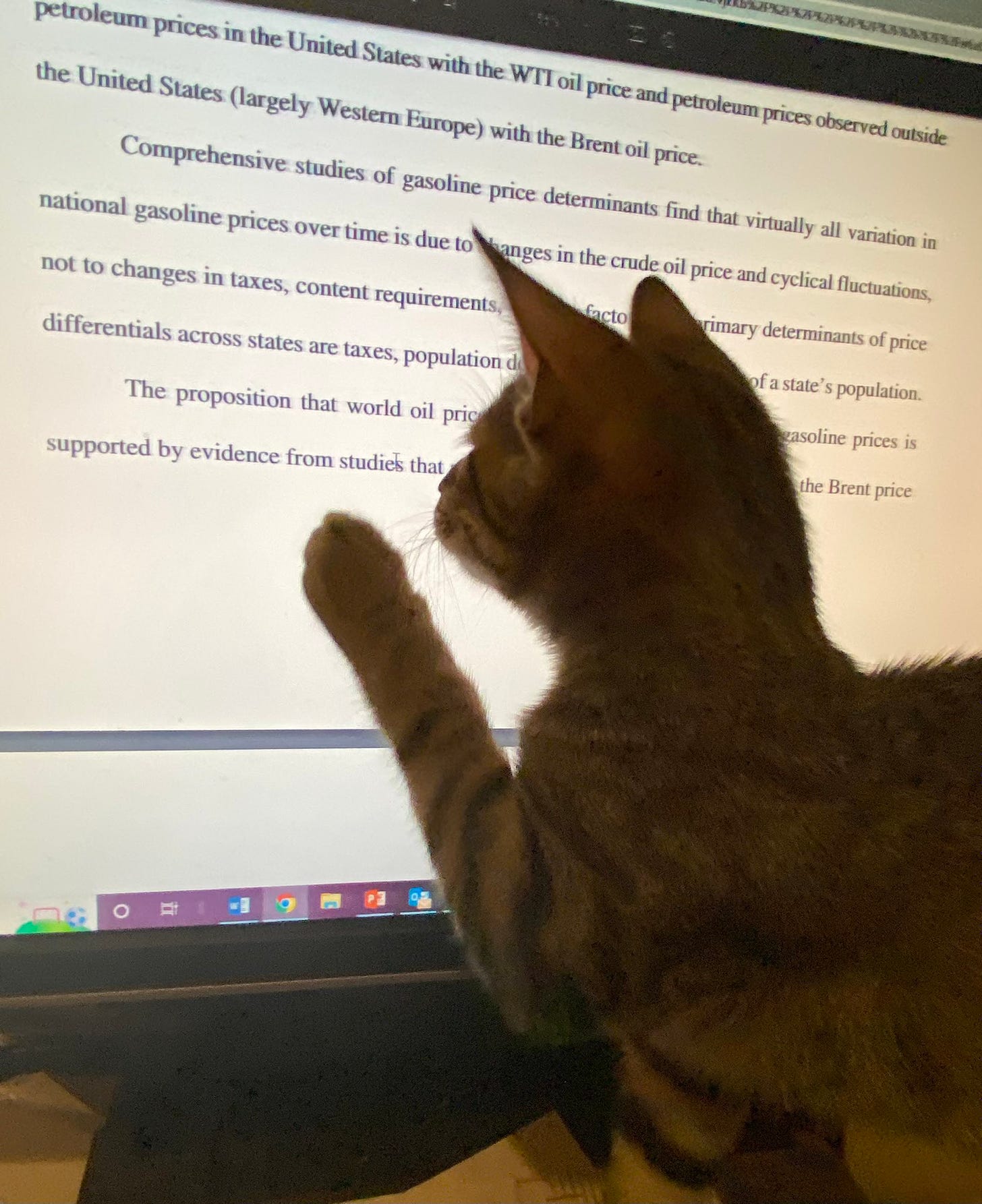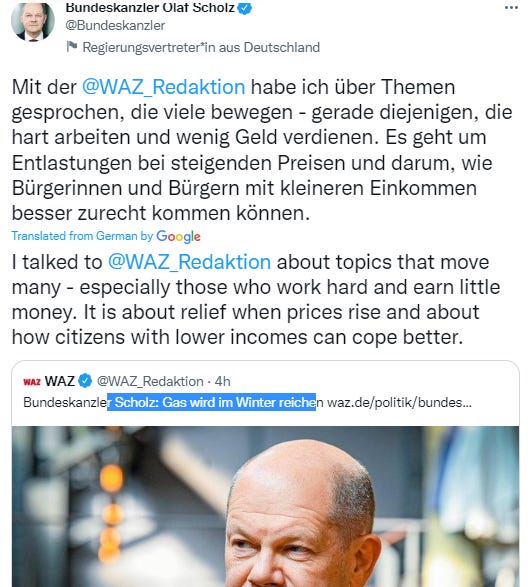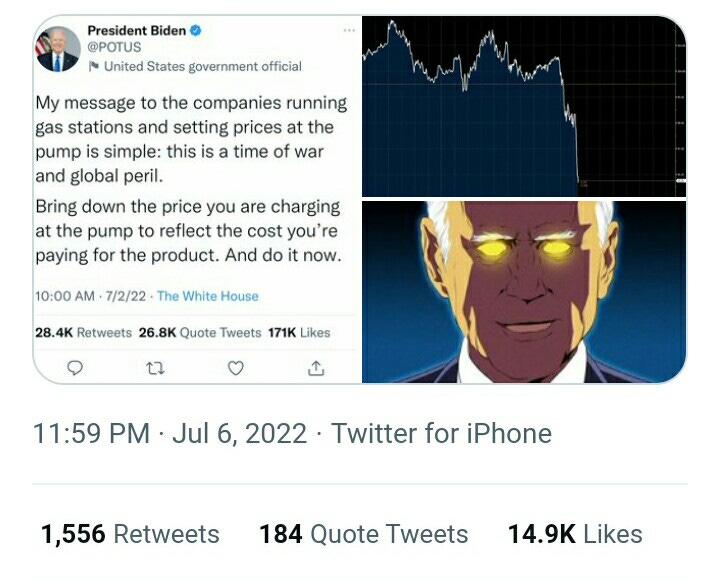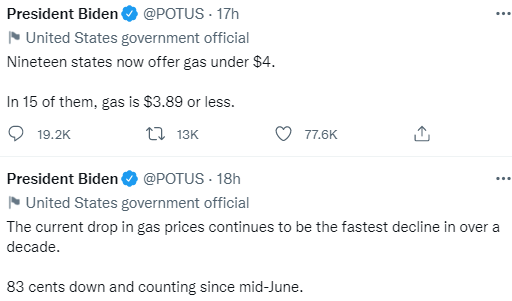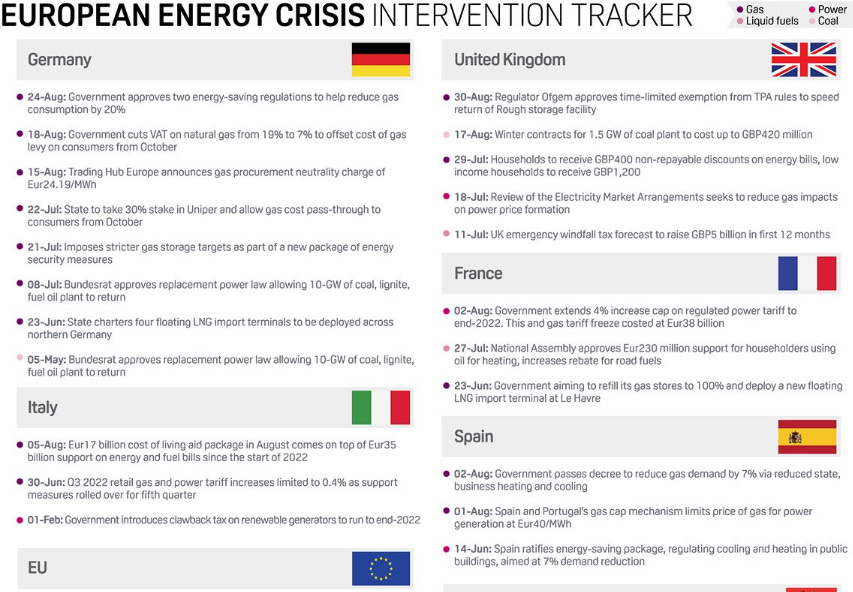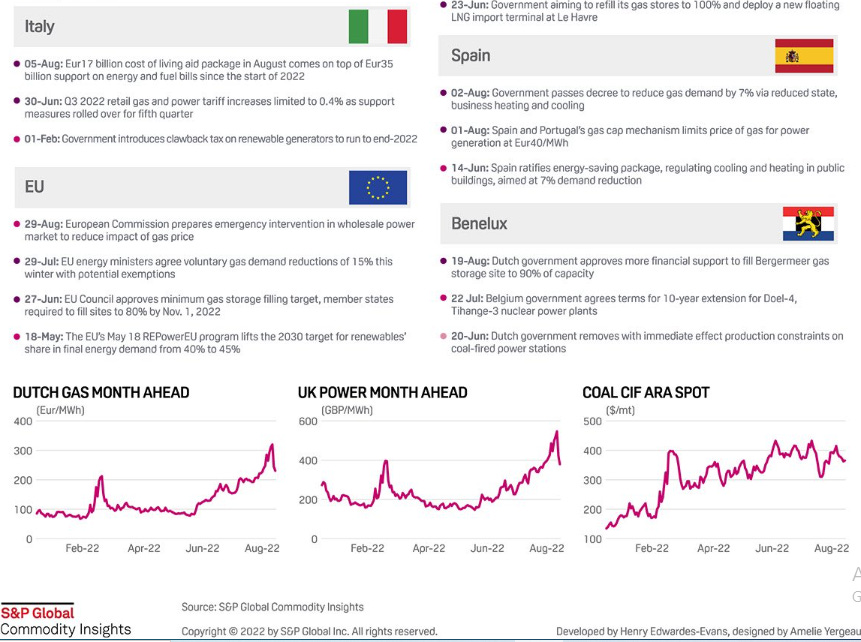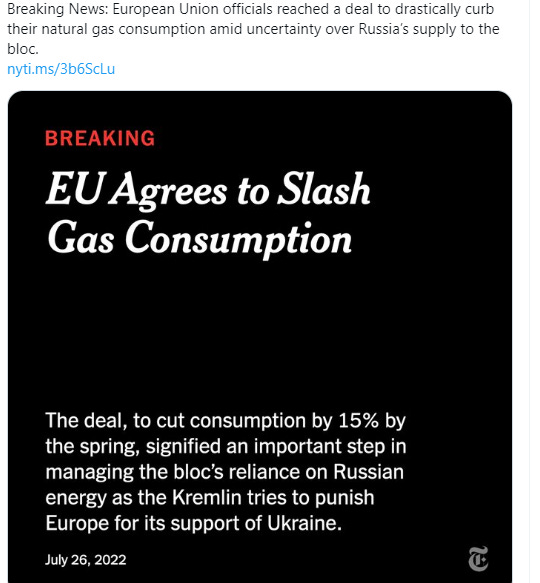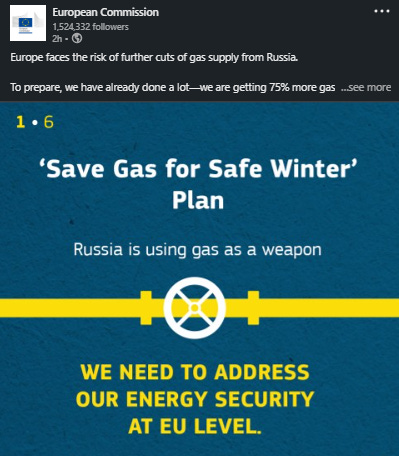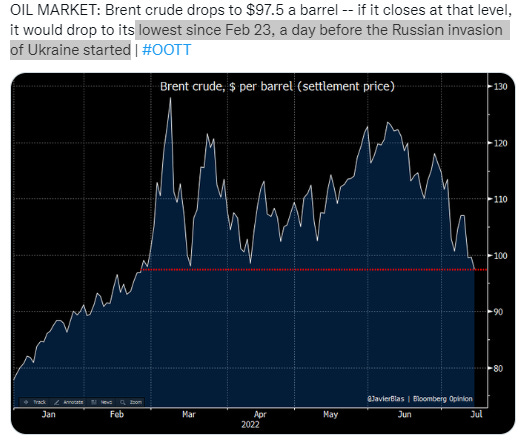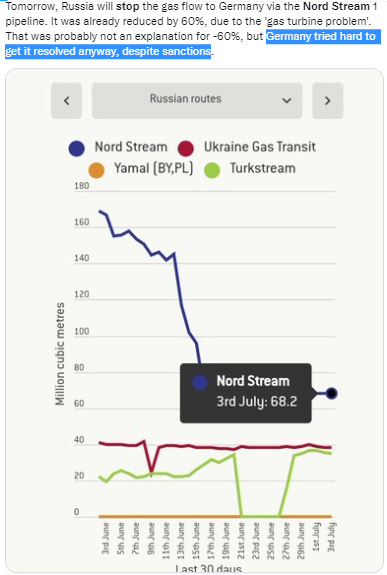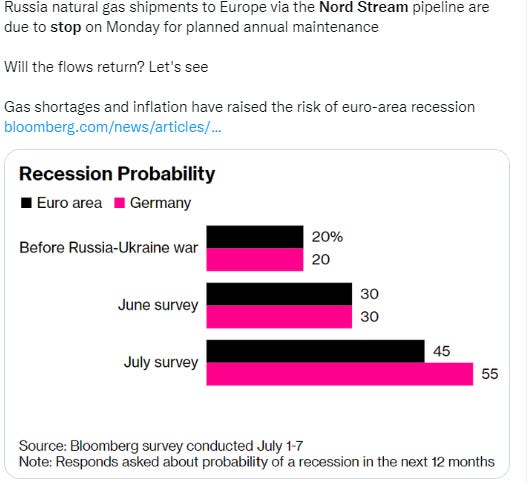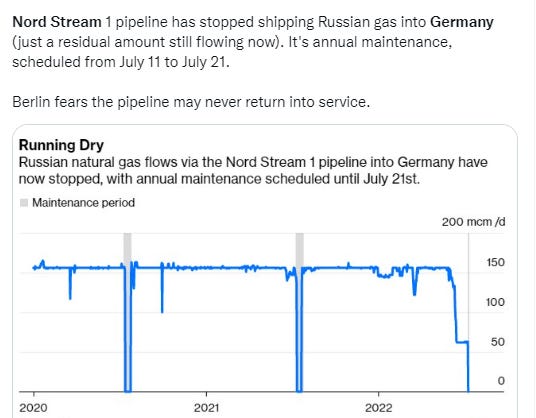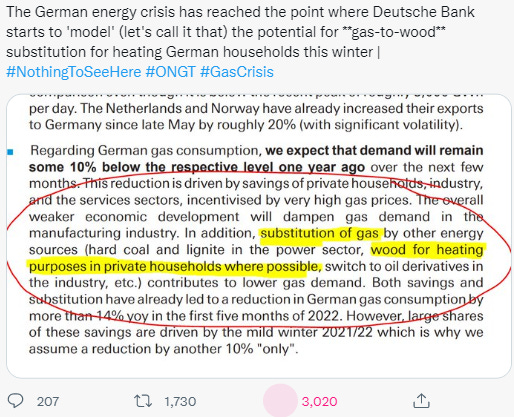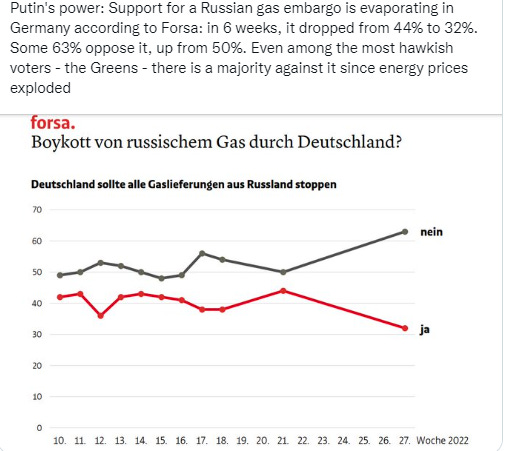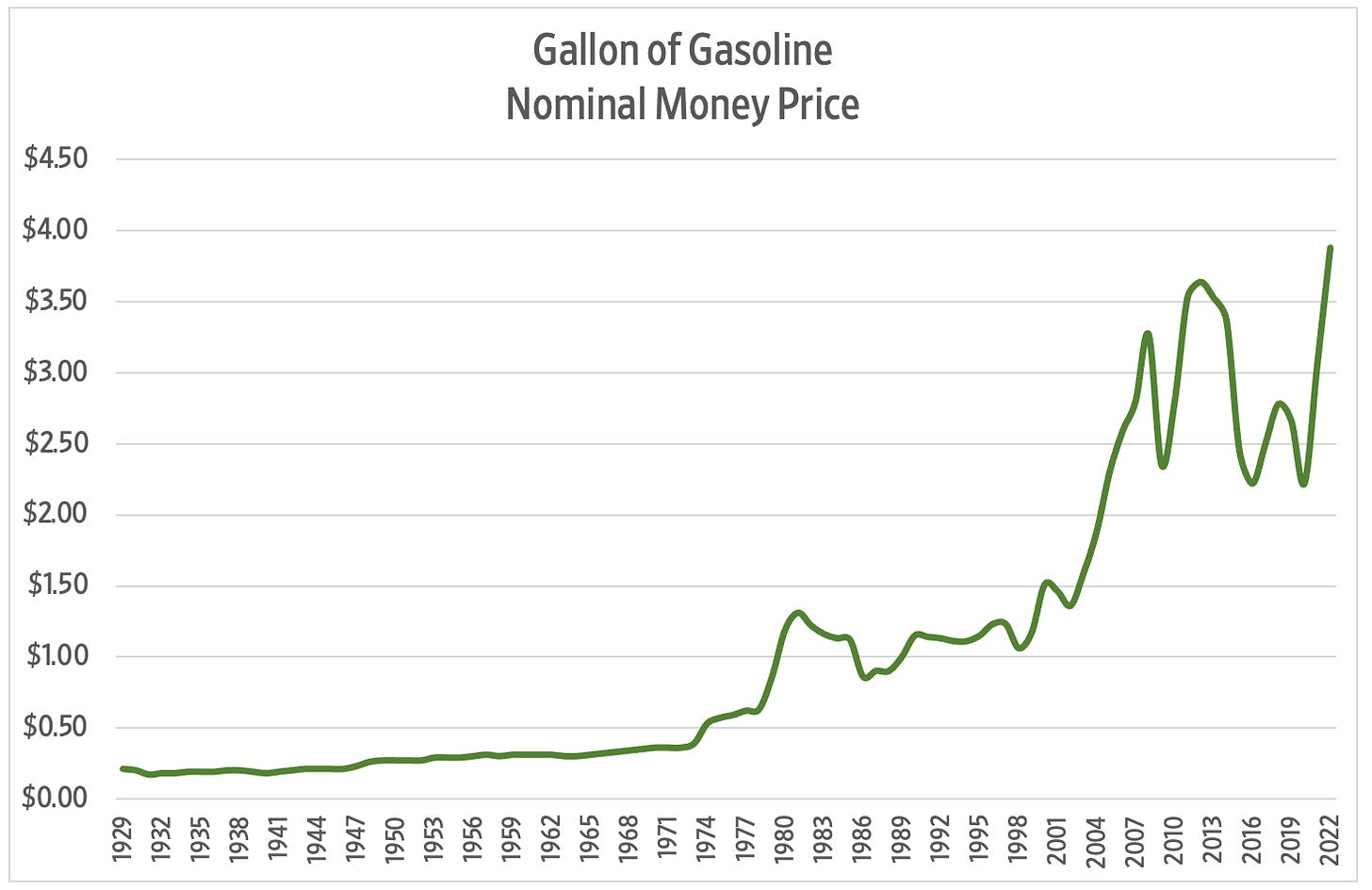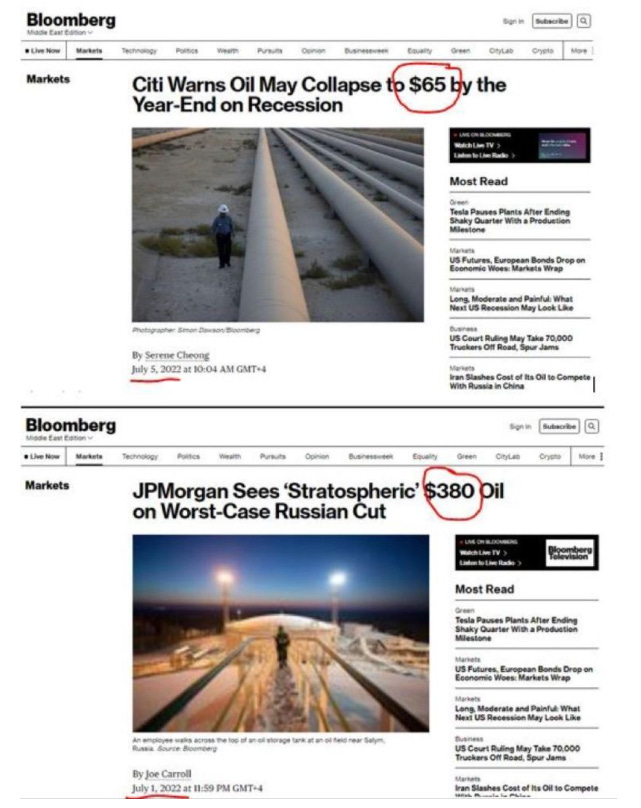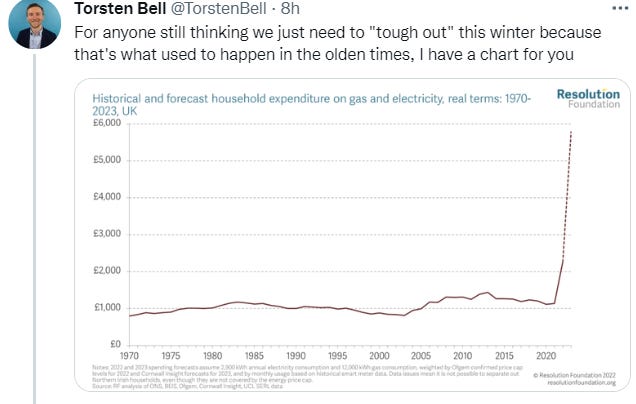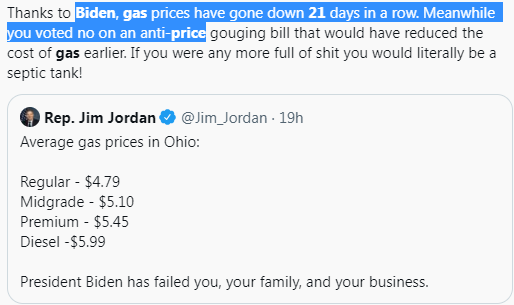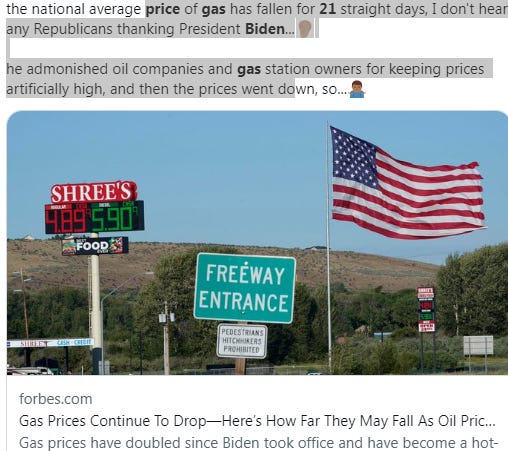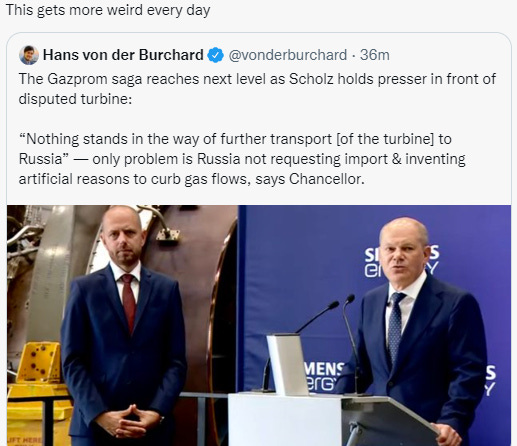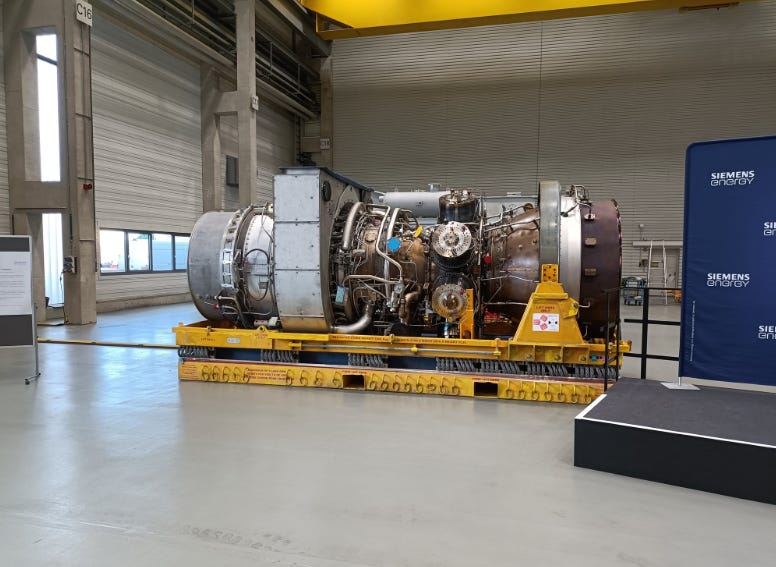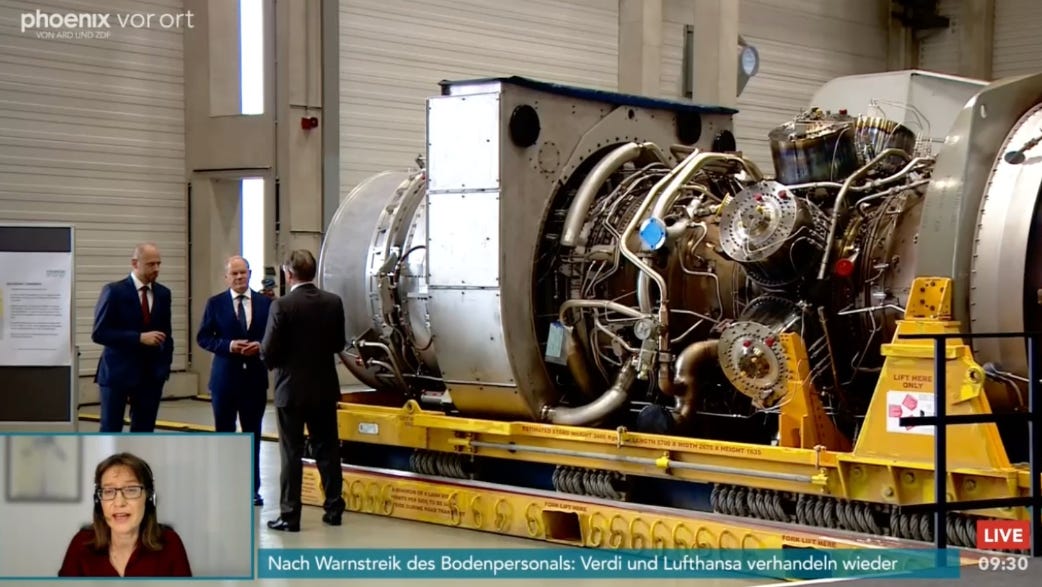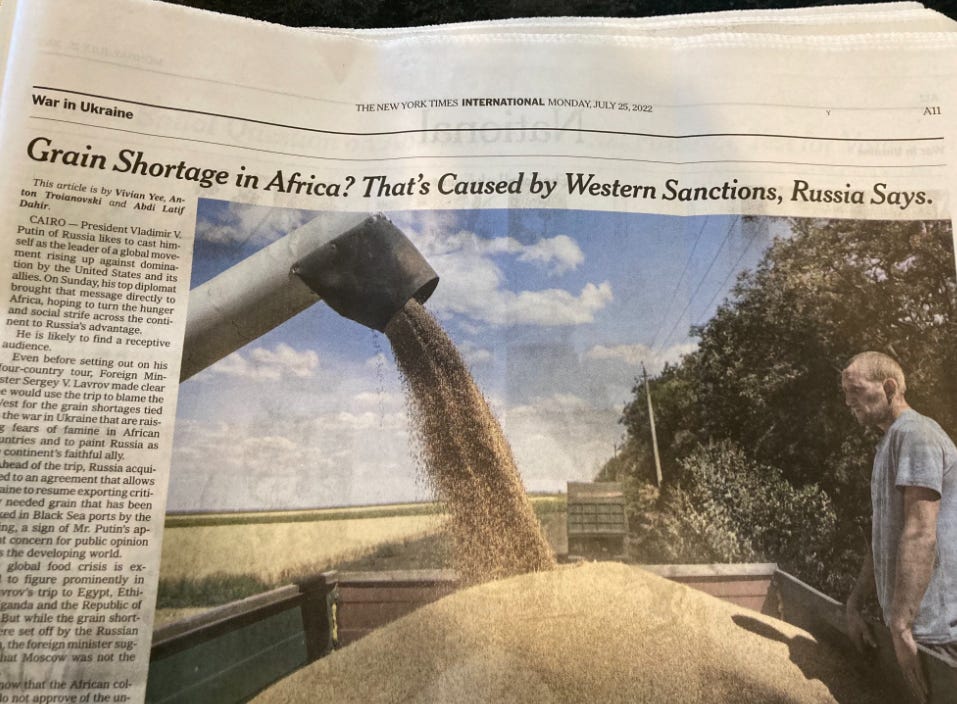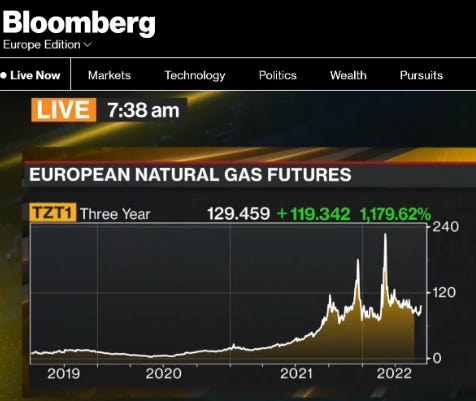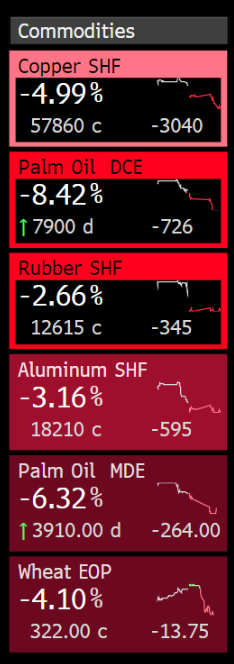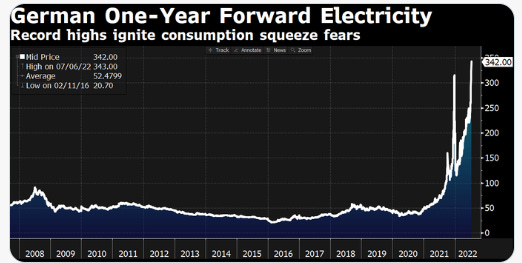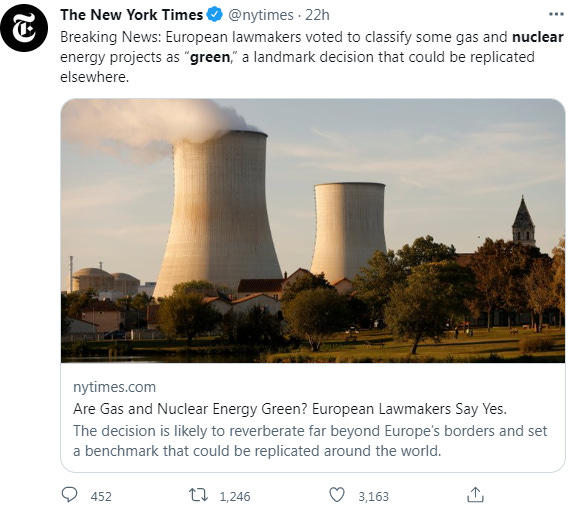Math of Energy
Maybe Dmitry Medvedev is right when Europe (and the U.S.) will be slowed down by a sanction because if the West tightens sanctions, the price of energy will be (threatened by Medvedev) rocketing 400%.
Europe is mired in one of the worst energy crises in modern history. Price hikes from supply issues starting in August last year have been compounded by Russia’s invasion of Ukraine, causing leaders to finally wake up to the risks of overdependence on a limited number of energy sources.
In 2021, 45% of the European Union’s gas imports and over a quarter of the EU’s imported crude oil came from one country: Russia. Only 22% of energy consumed in the EU in 2020 came from renewables.
The problem actually not in Europe but also the U.S. USA Today recently reported that gas prices are the most expensive in US history, breaking the record from 2008. The U.S. Energy Information Administration notes that the average price of a gallon of gasoline reached $4.22 this past month, the highest nominal price ever and 16 cents higher than the previous record of $4.06 in July of 2008.
But does the nominal money price really reveal the true price? Since we buy things with money, but we pay for them with our time, there are actually two prices: money prices and time prices. Money prices are expressed in dollars and cents while time prices are expressed in hours and minutes. Converting a money price to a time price is simple. Divide the money price of a product or service by hourly income. As long as hourly income is increasing faster than money prices, the time price will be decreasing.
To calculate the time price of a gallon of gasoline we divided the nominal money price by nominal blue-collar hourly compensation (wages and benefits) as reported by the economic data website measuringworth.com. When we look at the time price of a gallon of gasoline, we see a much different story.
We are now witnessing a rush by European countries to diversify their energy mix. The bloc is looking to secure Liquified Natural Gas (LNG) supplies from the US and Qatar. Some countries, including Germany, are also looking to increase the use of renewable energy, seeing the crisis as an opportunity to speed up the energy transition. Chancellor Scholz meet King Hamad (Qatar) in Berlin, of course one of topic beside Human Rights and World Cup 2022, also energy issues.
FC Bayern has long-time partnership with Qatar. First via Qatar Tourism, then Qatar Airways.
For another sample how desperate Europe about energy, 2 hours ago Germany, Italy approve rouble accounts for Russian gas payments. Following discussions with the EU, Germany and Italy told companies they could open rouble accounts to proceed purchasing Russian gas “without breaching” sanctions against Russia, Reuters reported.
For Germany, it’s not surprised. But Italy, is surprised situation. yes, in March 28th, Vatican, not Italy, via Vatican Bank (IOR) accused create a rouble account to buying a Russian gas. Sergio Mattarela (President of Italy) & Mario Draghi (PM of Italy) in April saying to try “meet up with Algeria” to create an alternative energy source. If today Reuters cited like this (Italy create a rouble account), we can assumed Italy - Algeria talks is failed.
In the near term, utilising existing nuclear energy infrastructure could help make European countries more energy independent. While new nuclear plants take years to build, about half of EU countries already generate nuclear power. France has the most operable nuclear reactors, followed by Belgium and Spain.
As suggested by the International Energy Agency, these countries could boost the power generation of existing reactors relatively quickly, helping to reduce reliance on gas from Russia. Additionally, delaying the closure of five nuclear reactors scheduled to shut down in 2022 and 2023 could reduce the EU’s gas demand by nearly 1 billion cubic meters per month.
Nuclear energy is also much better for the environment. It is a zero-emission clean energy source and the second-largest source of low-carbon electricity globally. It also has a low land footprint, producing more electricity on less land than any other clean energy source.
Nuclear energy has long been a controversial topic in Europe because of the Chernobyl and Fukushima disasters. Safety fears remain one of the biggest barriers to the more mainstream adoption of nuclear energy.
However, despite high-profile disasters, nuclear is one of the safest energy sources. An Oxford University analysis shows nuclear power results in 99% fewer deaths than coal, oil and gas, carrying almost the same risk as wind power.
Potential risks of nuclear energy are still real, but the death toll from nuclear disasters still remains far lower than those who suffer each year from air pollution caused by fossil fuels.
However, financing nuclear projects could soon become much easier in Europe since the European Commission has opted to include nuclear as a transition activity in its sustainable taxonomy, which member countries will vote on later this year.
If it passes, nuclear would be officially considered a ‘green’ investment. This could pave the way for increased funding for research into nuclear technology and address some of the challenges associated with nuclear energy.
Greater investment could speed up the development of small modular reactors, which are cheaper and easier to develop and operate than traditional nuclear power plants. Having one-third of the generating capacity of traditional nuclear power reactors, the modular reactors have reduced fuel requirements.
They also have higher safety standards as their operating systems are passive, meaning no human intervention is required to shut them down in case of a natural hazard. Innovations such as these can help allay safety fears while cutting costs.
Labelling nuclear as ‘green’ is an important step in the right direction, but to ensure widespread adoption of nuclear energy, governments can do more.
Despite being one of the cleanest and safest sources of energy, nuclear energy is hamstrung by regulation. European governments should consider decreasing red tape for nuclear plant licensing processes.
Subsidising nuclear energy and supporting innovative reactor designs will also help make it a viable energy source.
Additionally, existing safety concerns should be addressed by educating the public about the safety of nuclear energy and its positive impact on reducing dependence on fossil fuels and, therefore, keeping climate change under control.
The energy transition is complex and there is no one solution. However, statistics show that rather than adding more fossil fuels to the energy mix, nuclear power could be a safer and cleaner option.




